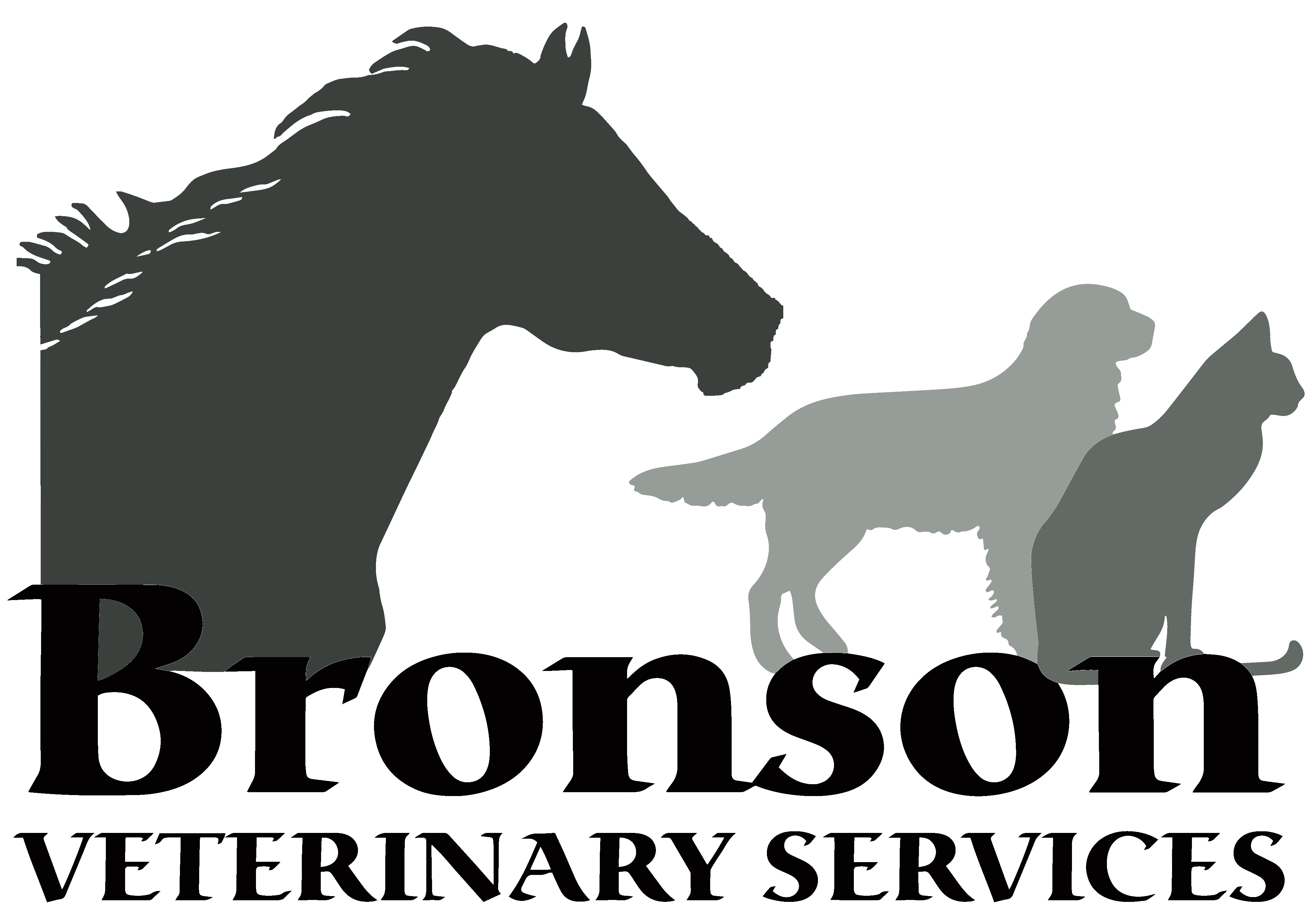Site Accessibility Features: Skip to page menus
Site Menus Section Skip to page content


"Cherry eye" is a common term for prolapse (or popping out) of the third eyelid gland. Many mammals, including dogs, have a third eyelid located inside the lower eyelid, also called the nictitating membrane. The third eyelid serves as an additional protective layer for the eye, especially during hunting or fighting. The third eyelid also contains a special gland that produces a significant portion of the eye’s protective tear film.
>"The third eyelid serves as an additional protective layer for the eye, especially during hunting or fighting."
A cherry eye appears as a red, swollen mass on the lower eyelid near the nose or muzzle, resembling a cherry. The cherry eye may be large and cover a significant portion of the cornea, or it may be small and only periodically. Any signs should be brought to your veterinarian's attention immediately.
The third eyelid gland is normally anchored to the lower inner rim of the eye by a fibrous attachment. This attachment is thought to be weak in certain dog breeds, allowing the gland to prolapse easily. The breeds most affected include the Cocker Spaniel, English Bulldog, French Bulldog, Boston Terrier, Beagle, Bloodhound, Lhasa Apso, Shih Tzu, Pug, and other brachycephalic (flat-faced) breeds. Burmese and Persian cats can also be affected by a cherry eye.
Treatment involves surgical replacement of the third eyelid gland. It is essential to treat the condition as soon as possible to minimize permanent damage to the eye or third eyelid gland. This is critical because the third eyelid gland produces up to 50% of the watery portion of the tear film. Without adequate tear production, your dog is much more likely to develop ‘dry eye’, which can seriously impair vision.
>"It is essential to treat the condition as soon as possible to minimize permanent damage to the eye or third eyelid gland."
Removal of the gland is NOT a recommended form of treatment. Until surgery can be performed, an artificial tears ointment can help keep the eye lubricated. Your veterinarian will discuss the appropriate surgical technique that best suits your pet's condition.
In most cases, the gland returns to normal within a few weeks of surgery. Approximately 5-20% of patients may experience a re-prolapse of the third eyelid gland and require additional surgery. Many pets with a prolapse in one eye will eventually experience a prolapse in the opposite eye. Surgical replacement of the third eyelid gland is always the first treatment choice due to the risk of developing ‘dry eye’ if the gland is surgically removed. In severe or chronic cases (or extremely rare cases of a tumor), there may be no option other than removal of the gland, especially if the function is severely diminished or absent.
© Copyright 2025 LifeLearn Inc. Used and/or modified with permission under license. This content written by LifeLearn Animal Health (LifeLearn Inc.) is licensed to this practice for the personal use of our clients. Any copying, printing or further distribution is prohibited without the express written consent of LifeLearn. This content does not contain all available information for any referenced medications and has not been reviewed by the FDA Center for Veterinary Medicine, or Health Canada Veterinary Drugs Directorate. This content may help answer commonly asked questions, but is not a substitute for medical advice, or a proper consultation and/or clinical examination of your pet by a veterinarian. Please contact your veterinarian if you have any questions or concerns about your pet’s health. Last updated on Oct 17, 2022.
Site Sidebar: Skip to end of sidebar
Search Articles
Filter By Language
View All
452 West Central Road Coldwater, Michigan, 49036
Book an AppointmentGet directionsCall: (517) 369-2161 Email: info@bvsvet.com
Mon, Wed, Fri: 8:00am – 5:00pm Tues, Thurs: 8:00am – 6:30pm Sat: 8:00am – 12:00pm
© 2025 Bronson Vet Services. Powered by LifeLearn Veterinary Websites